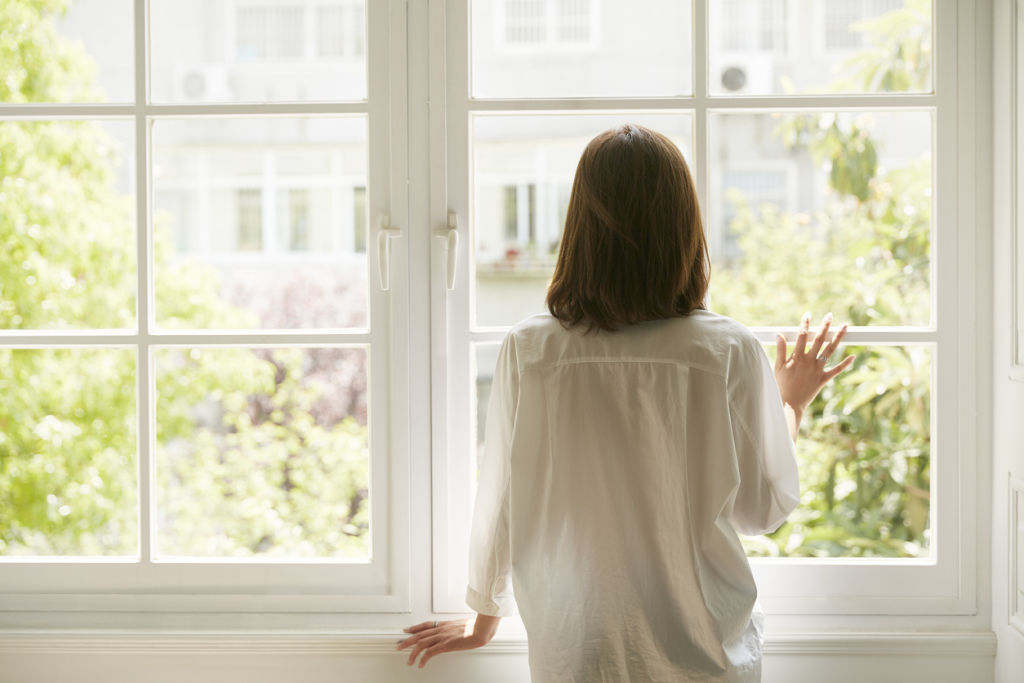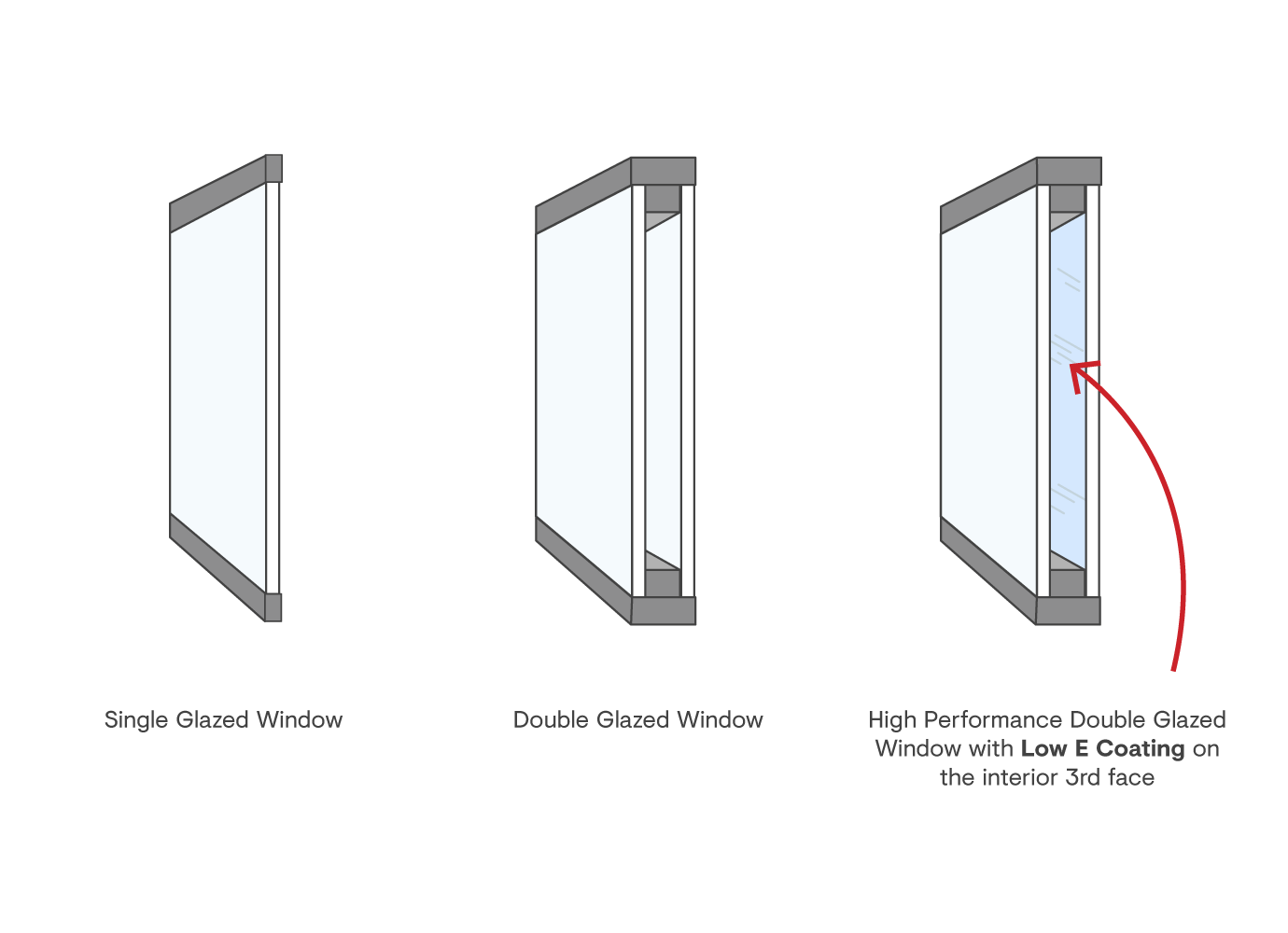All Categories
Featured
Table of Contents
Double Glazed Windows in Henley Brook Perth
Glazing simply suggests the windows in your house, consisting of both openable and set windows, as well as doors with glass and skylights. Glazing really simply implies the glass part, however it is normally used to refer to all elements of an assembly consisting of glass, movies, frames and furnishings. Taking notice of all of these elements will assist you to accomplish effective passive style.

Energy-efficient glazing makes your home more comfortable and considerably reduces your energy costs. Nevertheless, inappropriate or poorly created glazing can be a significant source of unwanted heat gain in summer and considerable heat loss and condensation in winter. Up to 87% of a home's heating energy can be gotten and up to 40% lost through windows.
Double Glazing Perth in Beeliar Perth
Glazing is a substantial financial investment in the quality of your house. The expense of glazing and the expense of heating and cooling your house are closely related. An initial investment in energy-efficient windows, skylights and doors can significantly decrease your yearly cooling and heating bill. Energy-efficient glazing also minimizes the peak heating and cooling load, which can reduce the needed size of an air-conditioning system by 30%, causing more cost savings.

This tool compares window selections to a base level aluminium window with 3mm clear glass. Understanding a few of the crucial residential or commercial properties of glass will assist you to choose the very best glazing for your house. Key residential or commercial properties of glass Source: Adjusted from the Australian Window Association The amount of light that goes through the glazing is called visible light transmittance (VLT) or noticeable transmittance (VT).
Energy Efficient Windows: Choose The Best Option For Your ... in Success Perth
The U value for windows (revealed as Uw), describes the conduction of the whole window (glass and frame together). The lower the U value, the higher a window's resistance to heat circulation and the better its insulating worth.
If your house has 70m2 of glazing with aluminium frames and clear glass with a U value of 6. 2W/m2 C, on a winter season's night when it is 15C cooler outside compared with indoors, the heat loss through the windows would be: 6. 2 15 70 = 6510W That is equivalent to the overall heat output of a large space gas heating unit or a 6.
Why Does Double Glazing Help To Keep Us Cool In Summer? in Koondoola Western Australia

If you choose a window with half the U value (3. 1W/m2 C) (for example, double glazing with an argon-filled gap and less-conductive frames), you can halve the heat loss: 3. 1 15 70 = 3255W The solar heat gain coefficient (SHGC) for windows (revealed as SHGCw) measures how easily heat from direct sunshine streams through an entire window (glass and frame together).
The lower a window's SHGC, the less solar heat it sends to your house interior. Glazing manufacturers state an SHGC for each window type and design. The actual SHGC for windows is impacted by the angle that solar radiation strikes the glass. This is understood as the angle of occurrence.
Double Glazing Windows - The Best Installers In The Uk ... in Mahogany Creek Western Australia
When the sun is perpendicular (at 90) to the glass, it has an angle of occurrence of 0 and the window will experience the maximum possible solar heat gain. The SHGC stated by glazing producers is constantly determined as having a 0 angle of occurrence. As the angle increases, more solar radiation is reflected, and less is sent.
Table of Contents
Latest Posts
A Complete Guide To Double Glazed Windows in Padbury WA
Low Emission Glass - Glass Systems: Glass Manufacturer in Greenwood WA
Double Glazing Versus Secondary Glazing in Floreat Western Australia
More
Latest Posts
A Complete Guide To Double Glazed Windows in Padbury WA
Low Emission Glass - Glass Systems: Glass Manufacturer in Greenwood WA
Double Glazing Versus Secondary Glazing in Floreat Western Australia